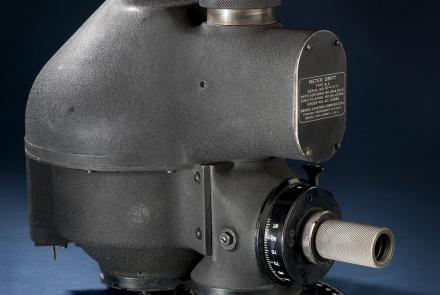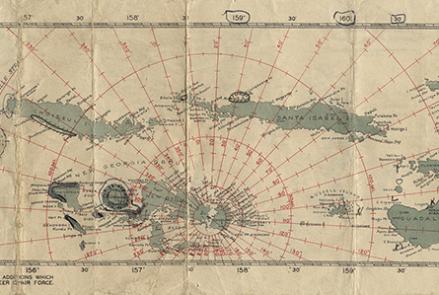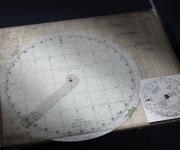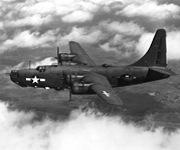World War II drove the United States to develop new navigational technologies on an unprecedented scale.
Celestial navigation was not well suited for use in all-weather military operations or by the tens of thousands of inexperienced young navigators entering military service. To remedy this, Great Britain and the United States created complex radio navigation systems that used advances in timing technologies and electronic computing. These systems revolutionized navigation.














